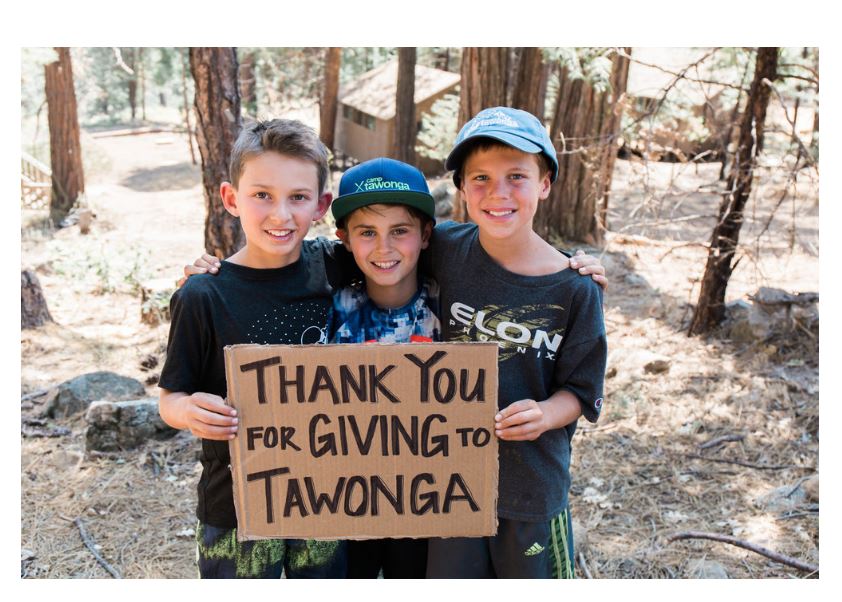
If you haven’t already drafted your
camp’s Impact Report, here are some tips to help you get started on this important Spring task:
- Make the donor/reader the hero of the story. Make good use of the word You and the phrases “Because of you” or “your gifts made this possible.” Give credit to donors for the accomplishments of this past year. Keep in mind that the Annual Report should be more about the donor than the organization.
- Lift up your mission and tell the story of why and how your Jewish Camp makes a difference. People want to know “What difference did my donation make? Why should I care?” They are not so interested in the total amount raised, for example, except to know that the money had a meaningful impact on the lives of children, or the future of the organization.
- Tell your story in images. Select iconic images of camp, the outdoors, Shabbat services, and especially images that highlight just one child among a group. Research shows that when skimming a report, we spend more time looking at the eyes of a face that is highlighted inside a group as compared to one person in photo. Also, please include images of donors as well. You took pictures of your donors on their visits to camp, right?
- Tell your story in words and numbers. Using an infographic, often titled “By the Numbers” is very helpful and reflects the fact that people skim your report instead of reading it. Towards the end of the report, include the year’s financials. A note on the bottom of the financials that reflects on the importance of philanthropic support will reinforce the importance of giving.
- Tell your story with well-chosen testimonials, quotes, and a P.S. More often than not, people will not remember the text of your impact report, but they will recall a text box with a quote. Pick them for their use of emotion, vivid words, or personal impact. A testimonial written in a child’s own handwriting is especially memorable.
- Tell your story of who supports this organization. Traditionally, nonprofits have shared a list of donors, Legacy Society members, Board Members, and year-round staff on their impact reports. If you decide to share such a list, be sure to triple check your list and the spelling of names. More and more nonprofits are eschewing this list and instead focusing on personal stories of individual donors. Which option is best for your camp? Whether you include a list (like in this Camp Ramah in the Poconos Impact Report) or instead share some individual donor stories (like this Camp Tawonga Impact Report), the important thing is to focus on the impact of the support from donors.
- Tell your story online and in print. Increasingly camps are moving towards offering their impact report to the majority of stakeholders online and mailing the impact report to just a select group of individuals. A print version is more likely to be noticed by the recipient, but more costly as well. If you share your report online, be sure to promote it to be sure it is seen – share it on your website, via email, on social media, etc. Why spend the time creating this report to express the impact of giving if it isn’t seen by your audience?
P.S. And yes, it is okay to include a return envelope inside the impact report. :)
**
Written by Julia Riseman. Julia is a Mentor with JCamp 180. Julia leads Data2Donors, a program to advance Alumni Outreach, improve camp databases, and raise more major gifts, and Fundraising Fundamentals. Julia has also sparked the creation of many JCamp 180 programs and offerings, including this blog.
**
Who we are: JCamp 180 is a program of the Harold Grinspoon Foundation (HGF). Our goal is to significantly enhance the long-term effectiveness of nonprofit Jewish camps in North America. To meet this goal, we provide affiliated Jewish camps with consulting services, annual conferences, shared resources, professional development, and matching grant opportunities. Find more at www.jcamp180.org.